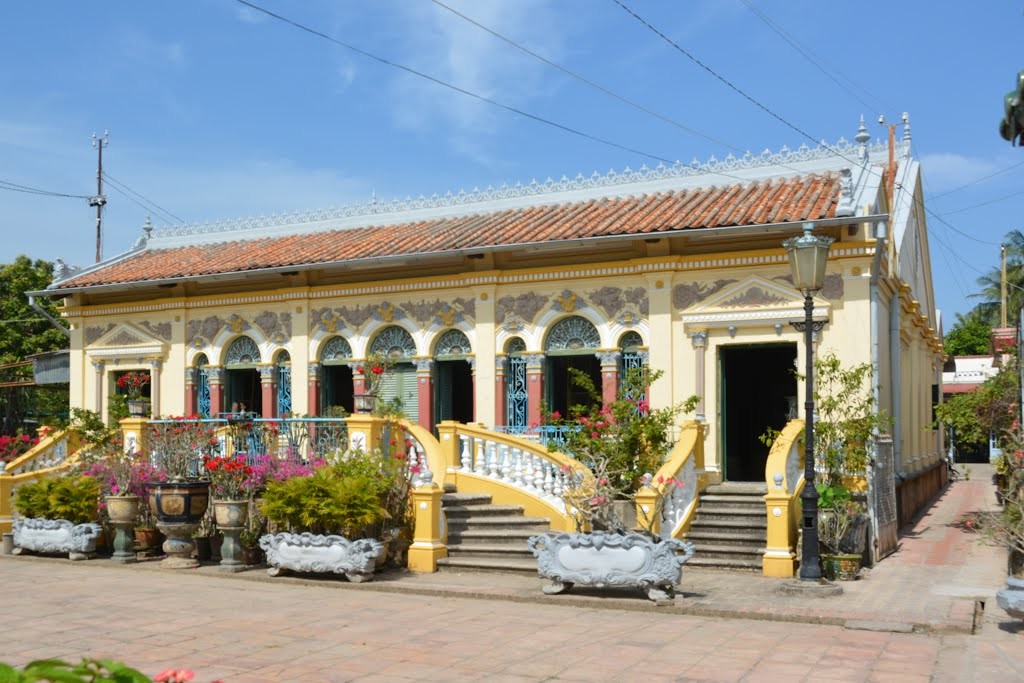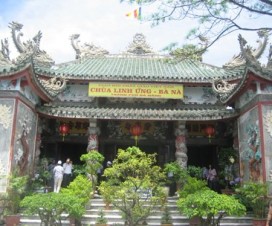Coming to Can Tho City, a quiet area that tourists should not ignore is Binh Thuy Communal House, known in the past as Long Tuyen Communal House.
Located in Binh Thuy Ward, about five kilometers from the center of Can Tho, the site is not as famous as other sites in the city such as Binh Thuy Old House, Cai Rang Floating Market, Ninh Kieu Wharf or Ong Pagoda.
However, the communal house, which has existed for over two centuries, will bring another side of Can Tho’s history with its fine architecture and antiques.
Built in the 19th century, the Communal House was named Bon Canh Thanh Hoang on November 9th 1893 by King Tu Duc.
Later the Communal House was dedicated to national heroes including Dinh Cong Trang, Nguyen Trung Truc, Bui Huu Nghia and Vo Huy Tap. It was completely renovated in 1910.
If you are an architecture enthusiast, you will recognize that the communal house’s architecture is different from communal houses in the north. The front and the back buildings are square, and its side has six rows of columns, and all the columns’ bases are extra-wide, making these buildings more stable.
The roofs of the two front buildings were built overlapping each other. The main temple at the rear has three roofs. The top of the roof is covered with statues of people, lions and fish.
In the front of the building, there are cement columns. Inside the ancestor-worshipping house, there are altars dedicated to worship the animal gods.
It is considered a valuable monument of art and architectural style in the newly-expanded south western area. Although it was built at the beginning of the 20th century, its architecture has many traditional characteristics with carved and engraved wooden boards.
Bas-reliefs, lacquered boards and paralleled sentences or royal costumes and old paintings is an interesting area for art lovers.
Another impressive thing is the attendance of ong tu (the guard) of the house. He is very old with white hair and slowcoach gait. He will accompany you around the house and show you where to take the best photographs.
Some giant trees in the spacious yard shading the house make it more ancient and peaceful.
The house is also a venue for traditional ceremonies and festivals.
(Source: SGTO)





